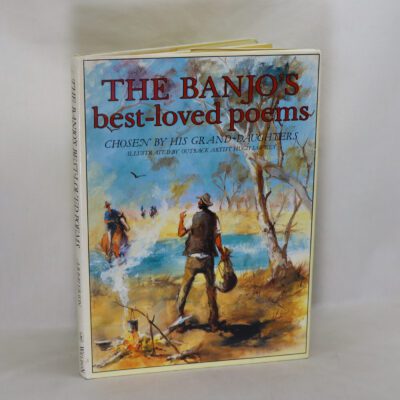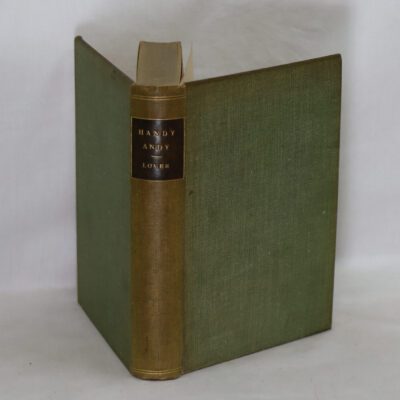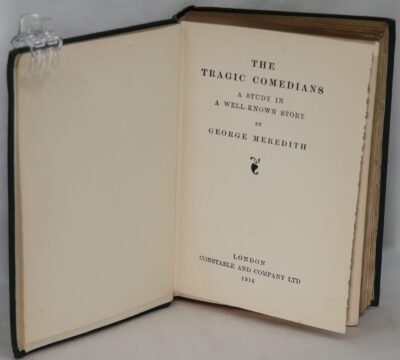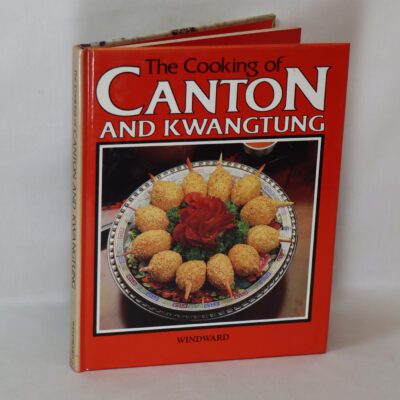The Betrothed.
By Alessandro Manzoni
ISBN: 9780593241486
Printed: 1972
Publisher: Penquin Books.
| Dimensions | 11 × 18 × 3 cm |
|---|---|
| Language |
Language: English
Size (cminches): 11 x 18 x 3
Condition: Fair (See explanation of ratings)
Your items
Item information
Description
Paperback. Black title and dining image on the black cover.
We provide an in-depth photographic presentation of this item to stimulate your feeling and touch. More traditional book descriptions are immediately available
-
This used book has a £3 discount when collected from our shop
Please view our photographs to see the quality of this book.
Set in Lombardy during the Spanish occupation of the late 1620s, The Betrothed tells the story of two young lovers, Renzo and Lucia, prevented from marrying by the petty tyrant Don Rodrigo, who desires Lucia for himself. Forced to flee, they are then cruelly separated, and must face many dangers including plague, famine and imprisonment, and confront a variety of strange characters – the mysterious Nun of Monza, the fiery Father Cristoforo and the sinister ‘Unnamed’ – in their struggle to be reunited. A vigorous portrayal of enduring passion, The Betrothed’s exploration of love, power and faith presents a whirling panorama of seventeenth-century Italian life and is one of the greatest European historical novels.
Review: I’m very pleased to have taken the time to read this 700+ page historical novel, written during the first half of the 19th century but set during the years 1628-30. It has the breadth and scope to rival some of the great Russian novels of the era. Manzoni invents several fictional characters of depth and subtlety, who interact with equally well drawn historical figures. They are all far less of a caricature than you typically find in a Dickens novel, aided perhaps by not having to churn out weekly instalments for penny periodicals. His perceptive observations about human characteristics and foibles are outstanding. There are several points in the book when the author neglects the narrative in favour of exploring themes gleaned from the historical record. Some of these are slightly hard to follow (most notably the complex intrigues and shifting influences of European monarchies and city states), others are informative (such the all-pervading influence of the Catholic church) and one in particular – his analysis of Milan’s 1630 plague epidemic – is downright astonishing. It’s of course impossible to be sure how faithful the translation is (I understand a new translation has just been completed) but the English version certainly reads well. Manzoni thoroughly re-wrote the novel when it became clear that the Italian language was beginning to coalesce around the Tuscan tongue, which is ironic considering all the action takes place in Milan (and the towns and villages to the immediate North and East). There is one big plot spoiler to be wary of in the text that accompanies a useful map.
Alessandro Manzoni was born in 1785 near Lake Como, Italy. Sent to boarding school at the age of five, he felt estranged from his family, particularly when his mother left his father. As a young man Manzoni subscribed to the ideas of the French Revolution, joining his mother in Paris, where he married Henriette Blondel in 1808. He wrote throughout his life, but suffered from a nervous disorder which grew progressively worse through his lifetime. He died in 1873.
Want to know more about this item?

Related products
Share this Page with a friend










